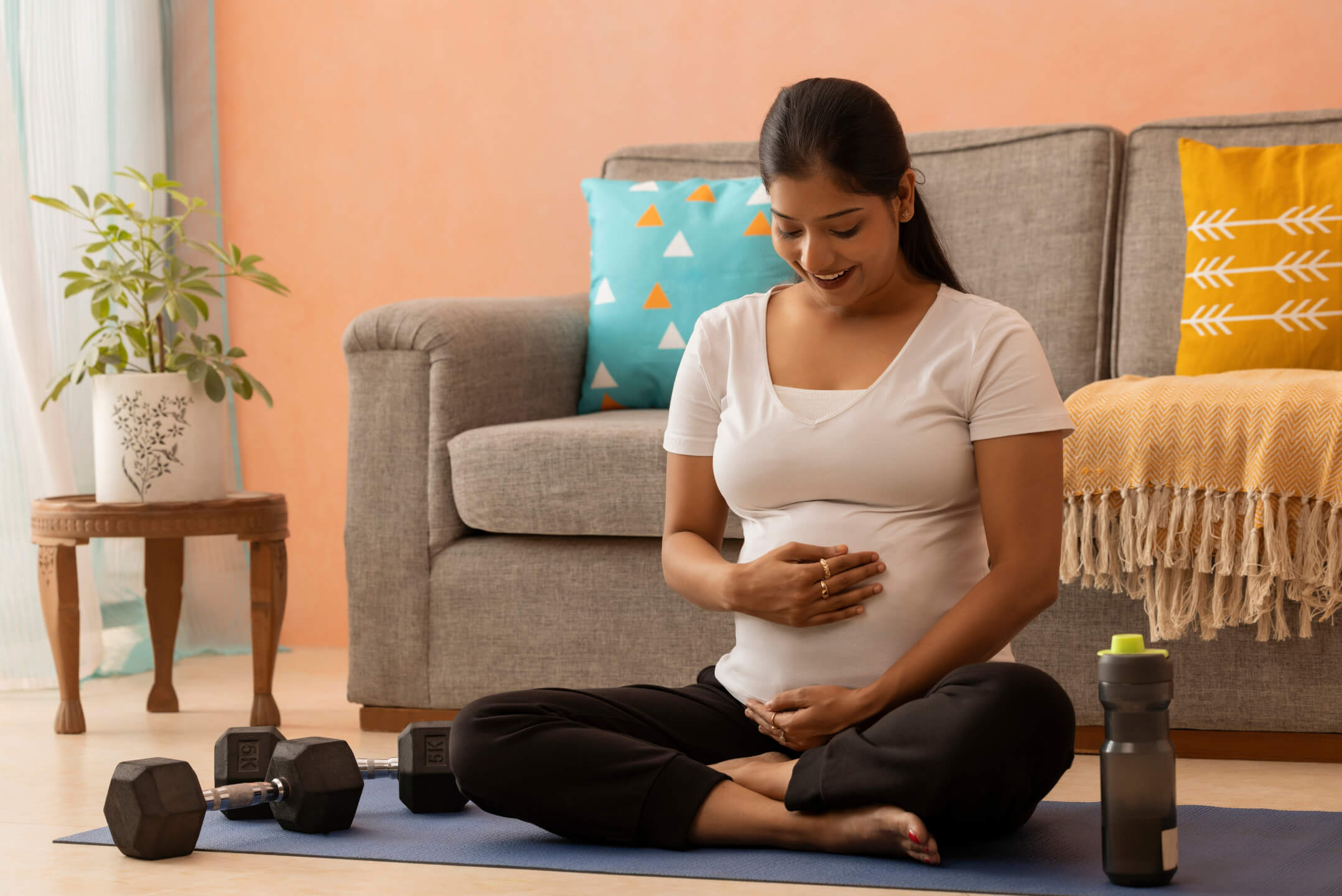
Are you experiencing pregnancy-related lower back pain and pelvic pain that interferes with your work, daily activities, and sleep?
Research suggests that more than two-thirds of pregnant women experience lower back pain, and almost one-fifth experience pelvic pain, according to the research article “Interventions for Preventing and Treating Pelvic and Back Pain in Pregnancy” by Victoria Pennick and Sarah D. Liddle.
Find out more about the symptoms associated with pregnancy and how osteopathy may support you in managing them:
Pelvic pain/lower back pain/sciatica
- These issues can be common but are not normal during and after pregnancy and may be due to increased laxity of ligaments around the pelvis and spine.
- Changes in your centre of gravity and pelvis position can place additional stress on the pubic and sacroiliac joint (between your spine and pelvis).
- These compensations may also increase pressure through the lower back and gluteal muscles.
- Tightness through the gluteal muscles may contribute to symptoms of numbness, tingling, pain and weakness through the lower extremities.
Upper back pain
- Postural changes, changes to your rib cage diameter and a larger bust size can all contribute to upper back pain.
Pain under ribs or heartburn
- As the uterus and baby grow, they can push up under the diaphragm and rib cage, potentially leading to shortness of breath and discomfort.
Carpal Tunnel Syndrome
- Tingling and numbness in the hands can occur due to swelling in the carpal tunnel in the wrist. The increased fluid during pregnancy may compress the median nerve, leading to altered sensations and weakness in the hands and arms.
Every person will experience pregnancy differently; however, having a good care team around you can help you navigate and prepare for some of the changes that may occur.
An osteopath can assess your spinal and pelvic alignment and utilise techniques to address upper and lower back pain using gentle mobilisation and soft tissue techniques whilst educating and empowering you to manage from home.
The goal is to support your body’s ability to adapt to the changes throughout pregnancy, potentially reducing associated discomfort.
This blog has been adapted with permission from Melissa Arnts and Seaview Health Group. Melissa is an active member of Osteopathy Australia and the Women’s Health Clinical Advisory Group.
